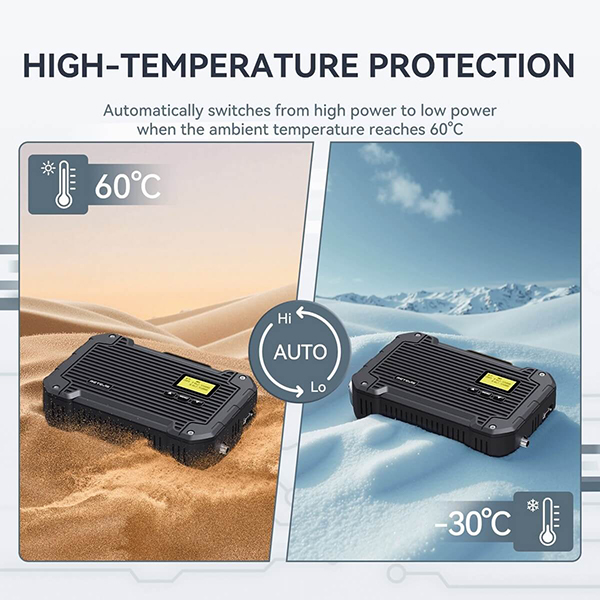Building a Reliable Radio Repeater with Two Mobile Radios for Emergency Communication

Building a Reliable Radio Repeater with Two Mobile Radios for Emergency Communication
Why You Need a Robust Emergency Communication System
When disasters strike and conventional networks fail, a dependable radio repeater system can become a lifeline for your community or organization. By combining RT97L with two mobile radios, you can create an emergency communication backbone that withstands harsh conditions while delivering clear signals across extended distances.
Critical Features for Emergency Repeaters
1. Unmatched Reliability
-
IP66-rated waterproof/dustproof construction ensures operation during floods or storms
-
Industrial-grade components resist vibration and extreme temperatures (-30°C to +60°C)
-
24/7 continuous operation capability with proper cooling

- RT97L Industrial-grade components
2. Exceptional Performance
-
25W output power penetrates urban rubble and natural obstacles
-
Low-noise receivers maintain clarity in electrically noisy post-disaster environments
-
Extended frequency coverage for compatibility with most emergency radios
Step-by-Step Repeater Construction
Installation Best Practices
-
Mount equipment in elevated, centralized locations
-
Use coaxial cable for minimal signal loss
-
Implement comprehensive lightning protection
-
Install backup power (deep-cycle batteries + solar)
System Optimization for Emergencies
1. Frequency Planning
-
Pre-program dedicated emergency channels
-
Reserve simplex frequencies for repeater failure scenarios
-
Coordinate with local ARES/RACES groups
2. Redundancy Measures
-
Deploy multiple receive sites with voting system
-
Maintain backup antenna systems
-
Store spare components on-site
3. Testing Protocol
-
Monthly end-to-end system checks
-
Quarterly maximum load testing
-
Annual disaster scenario drills
Why the RT97L Excels in Emergencies
The RT97L delivers crucial advantages:
-
Instant warm-up (no stabilization delay)
-
Clear audio even with weak signals
-
Intuitive controls for stressed operators
-
Standardized connectors for quick repairs
Maintenance for Mission-Critical Readiness
-
Daily (automated):
-
Power cycle logging
-
SWR monitoring
-
Temperature tracking
-
-
Weekly (manual):
-
Connector inspections
-
Backup power tests
-
Audio quality verification
-
-
Monthly:
-
Full system diagnostics
-
Firmware updates
-
Antenna maintenance
-
Legal and Safety Considerations
-
Obtain proper FCC license for repeater operation
-
Comply with RF exposure limits
-
Post warning signage at installation sites
-
Maintain operation logs for compliance
Conclusion: Your Communication Lifeline
A properly constructed RT97L-based repeater system provides unmatched emergency readiness. By investing in this robust solution today, you ensure reliable communications when they're needed most - during the critical first 72 hours of any disaster when traditional infrastructure often fails.






